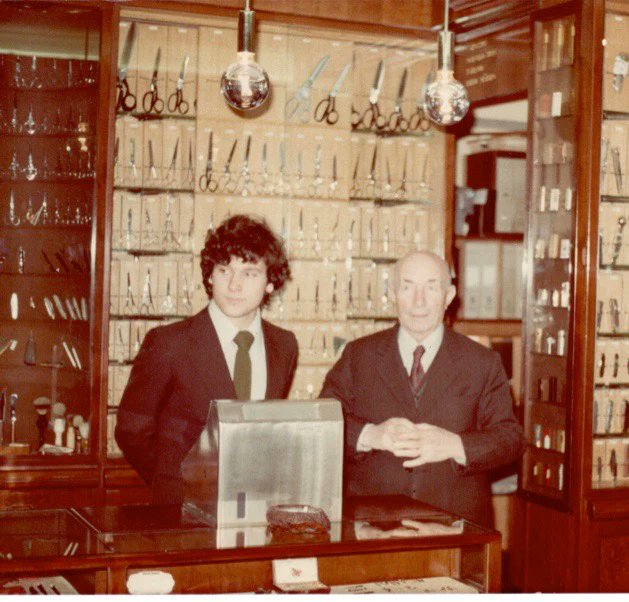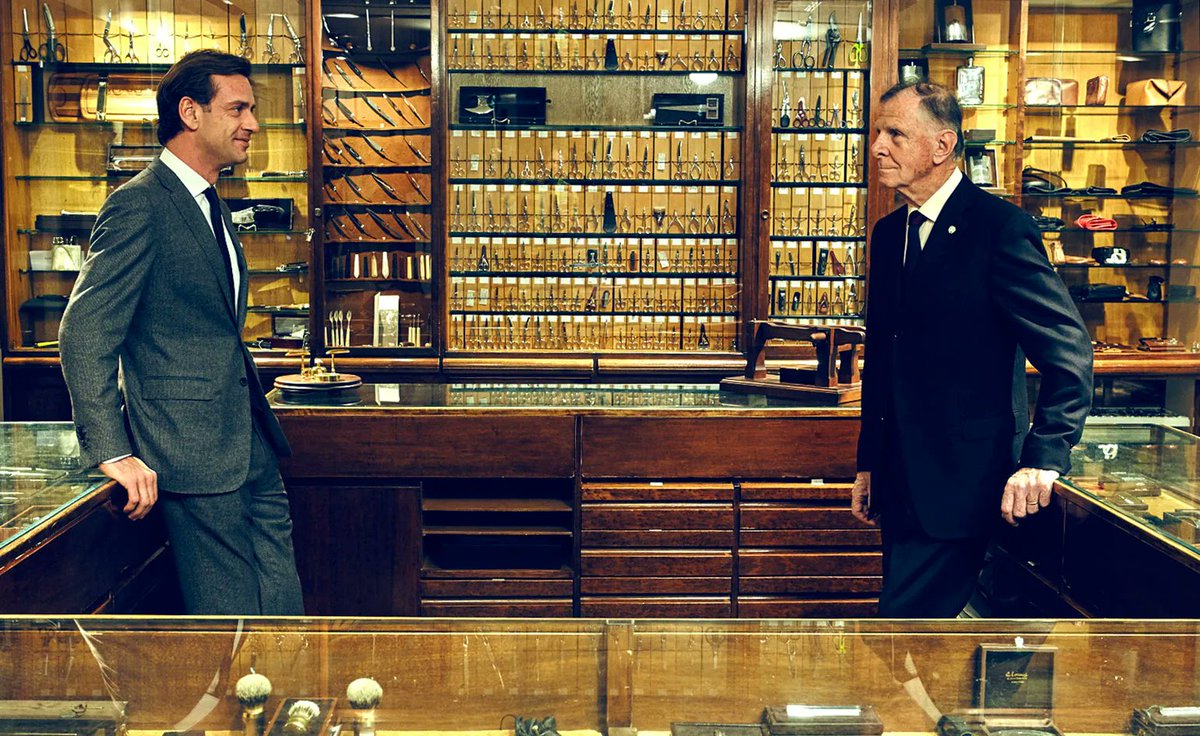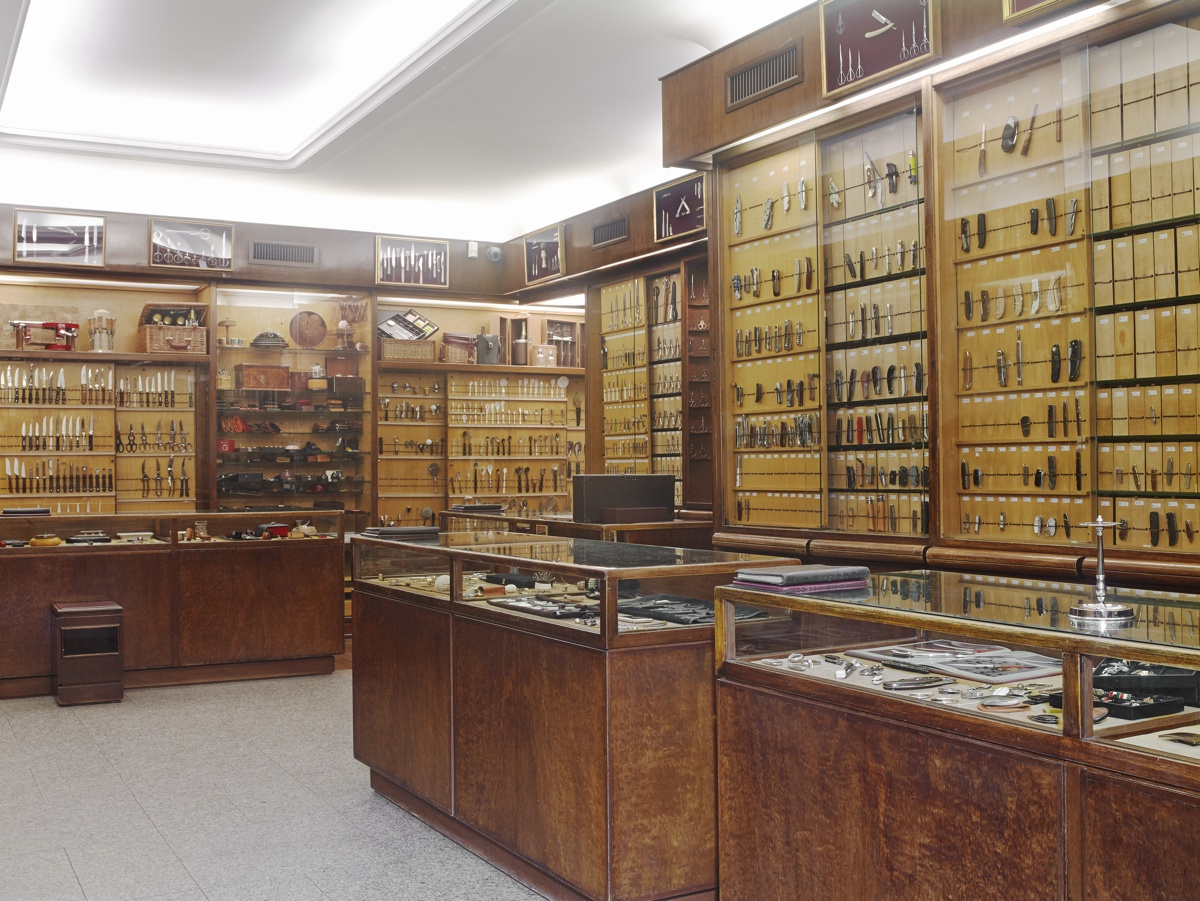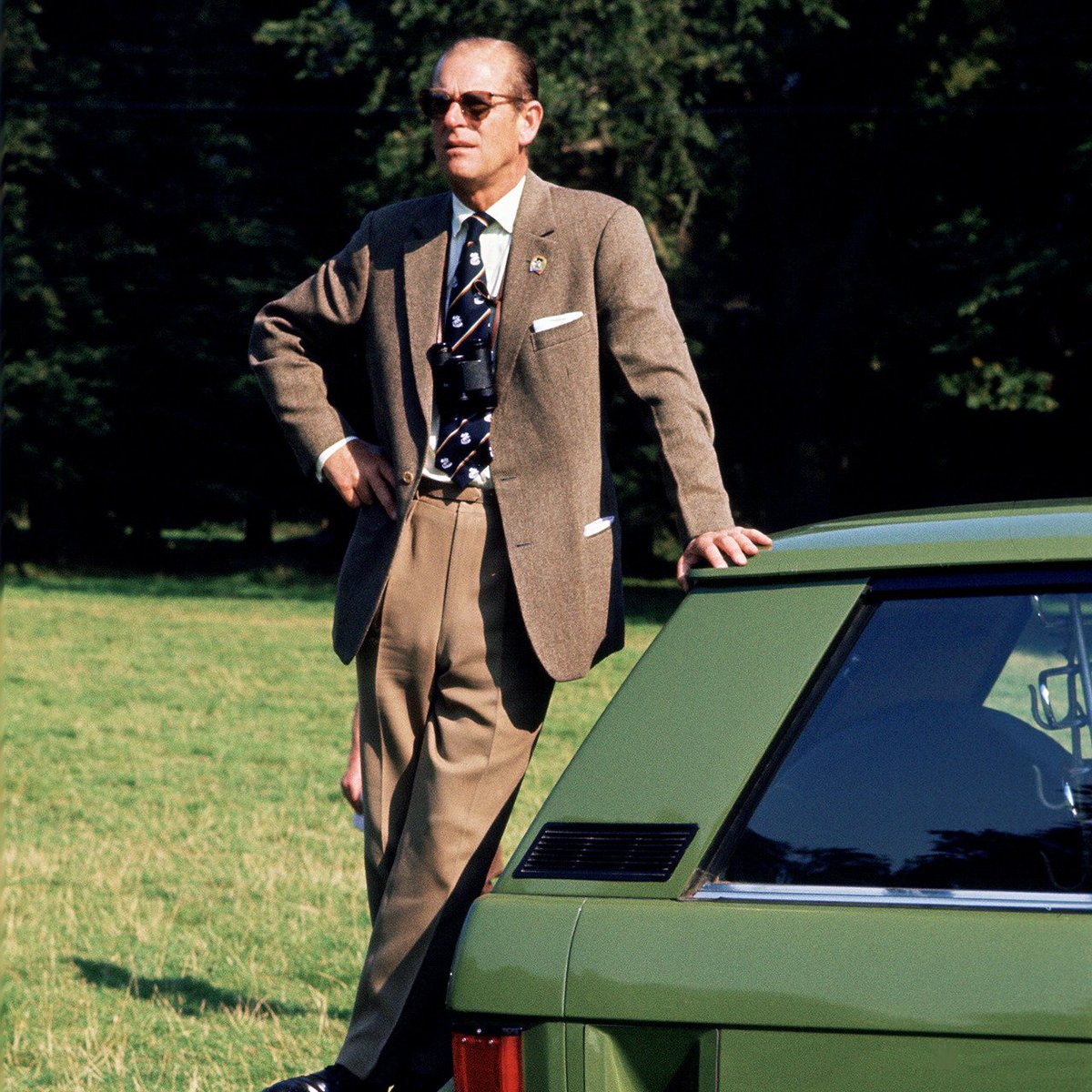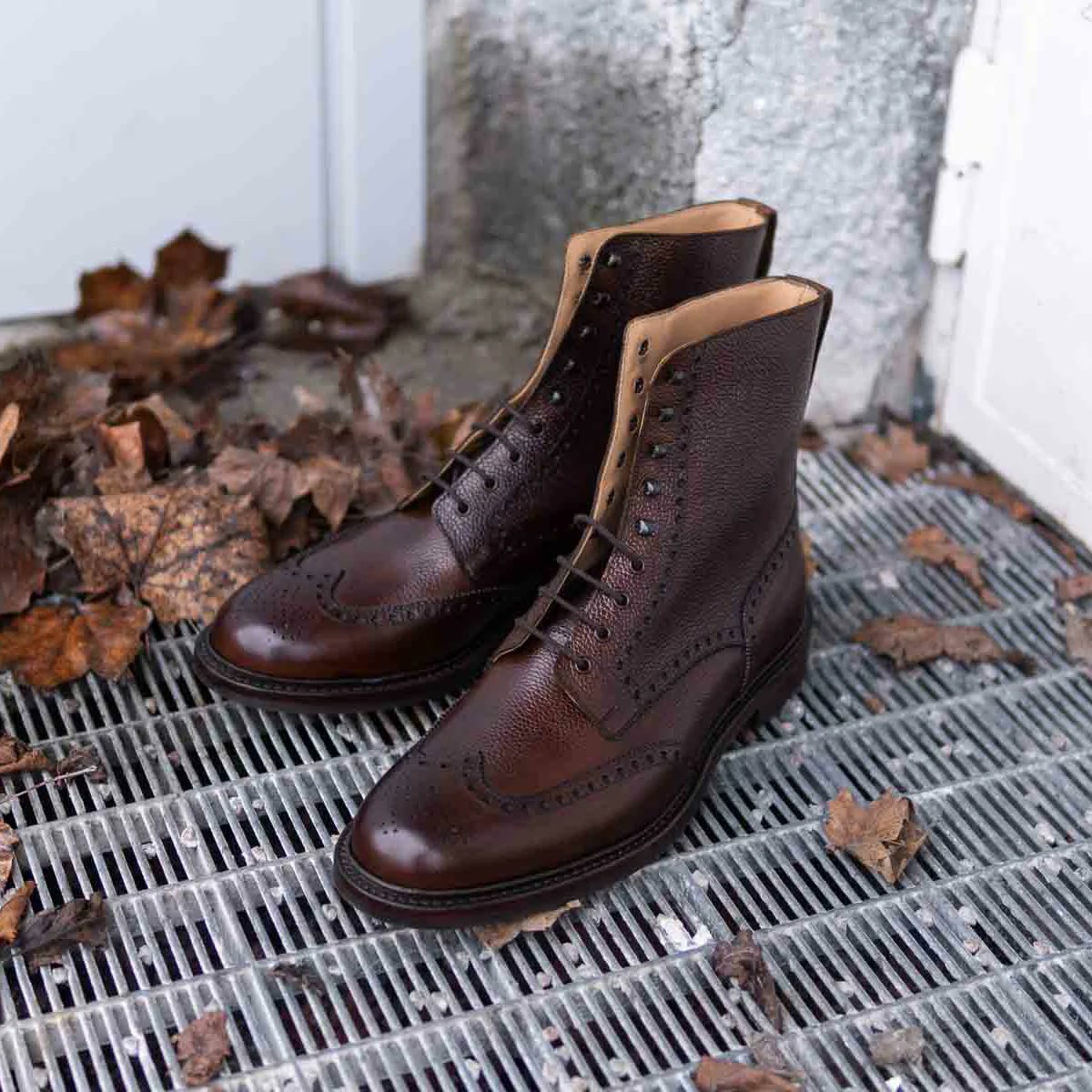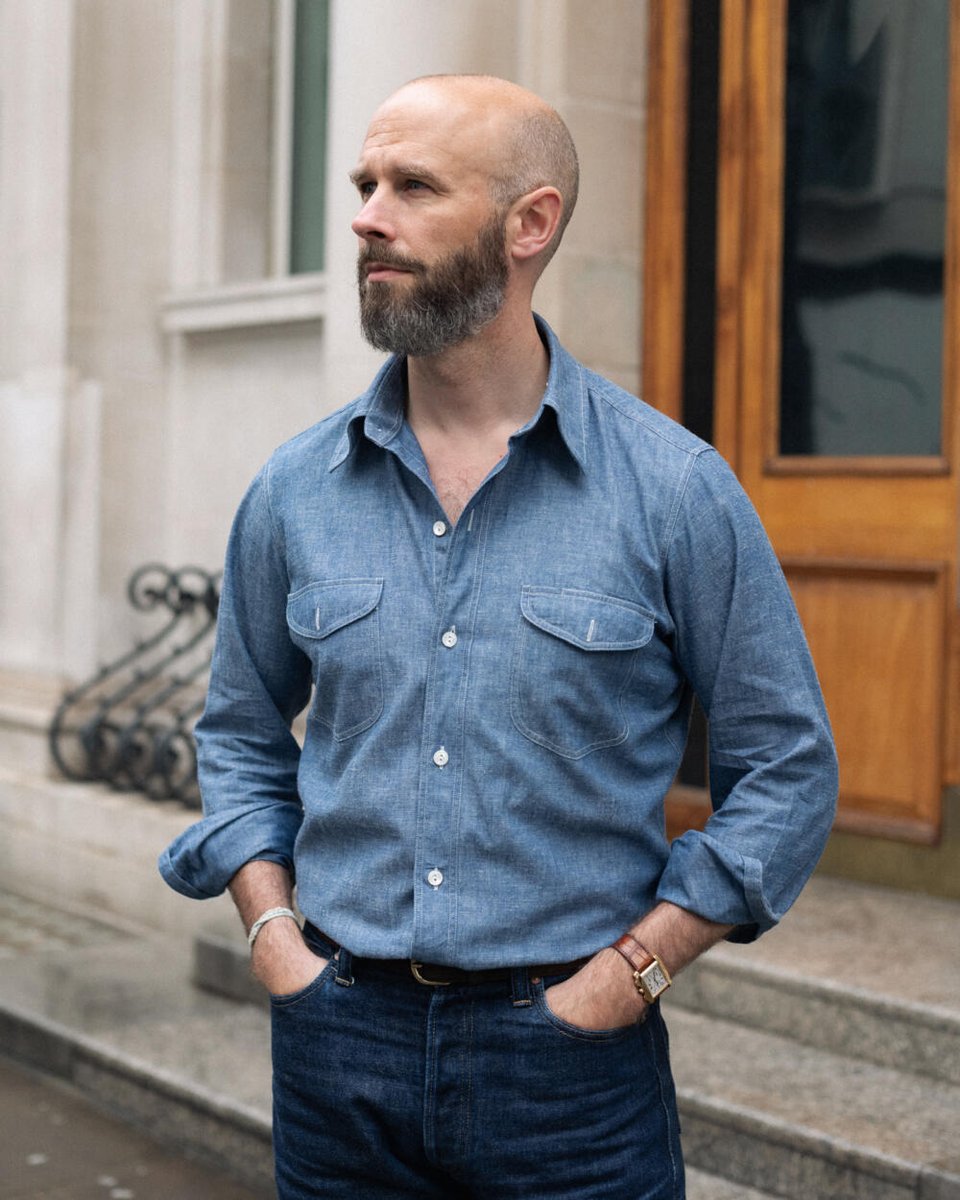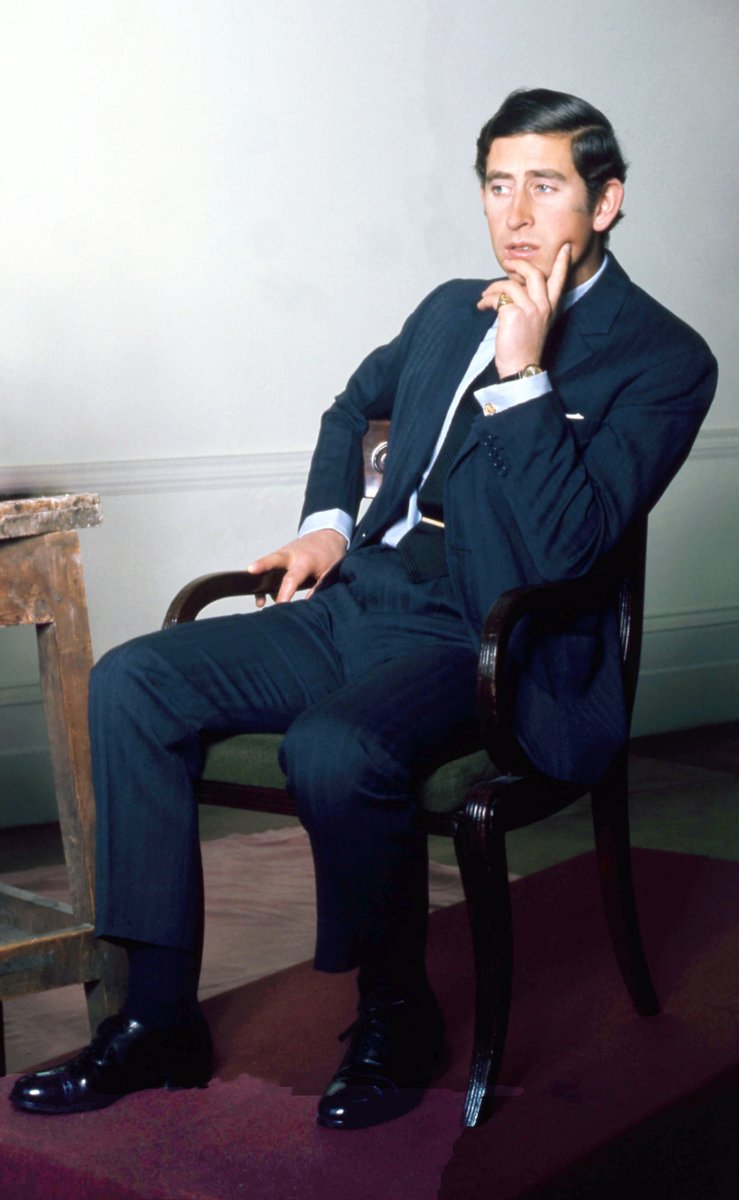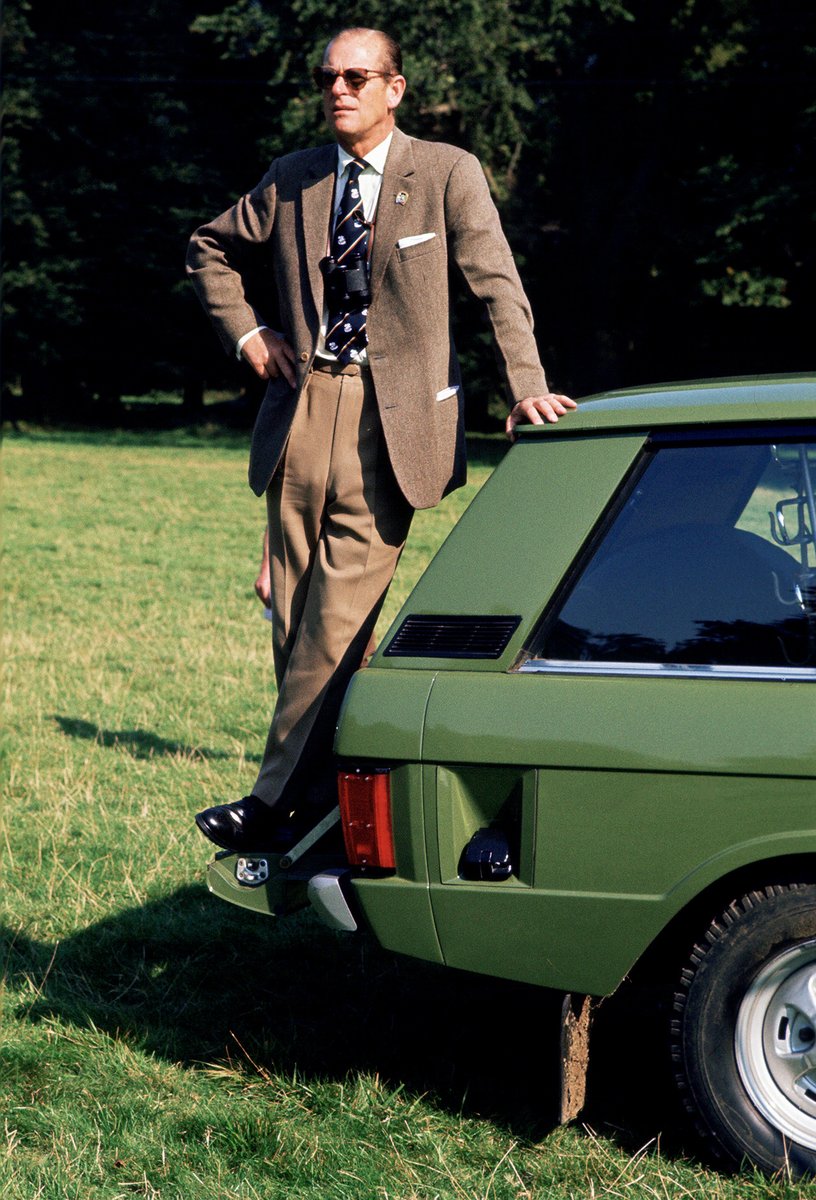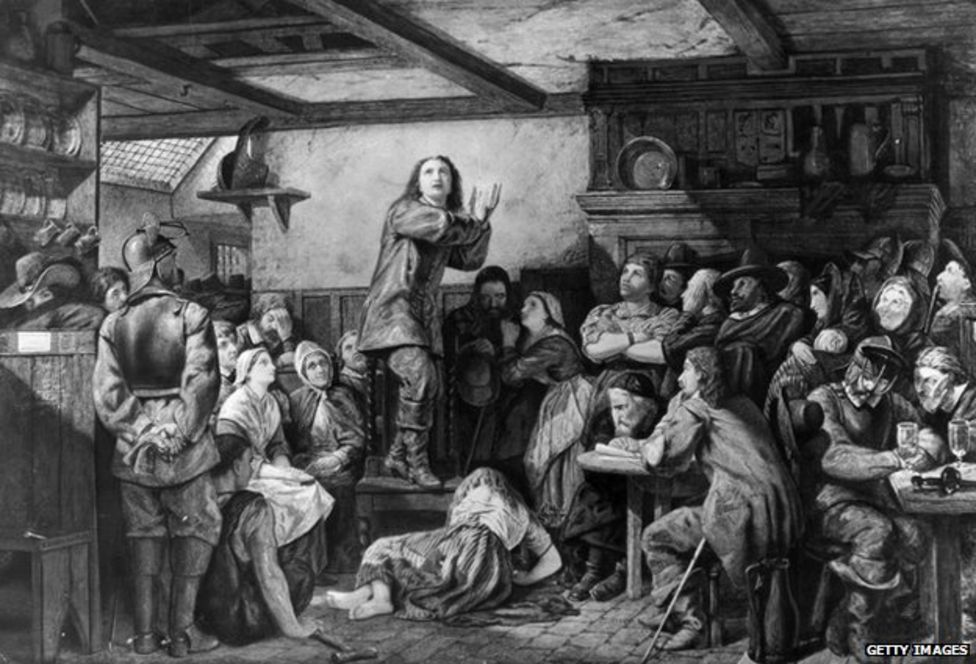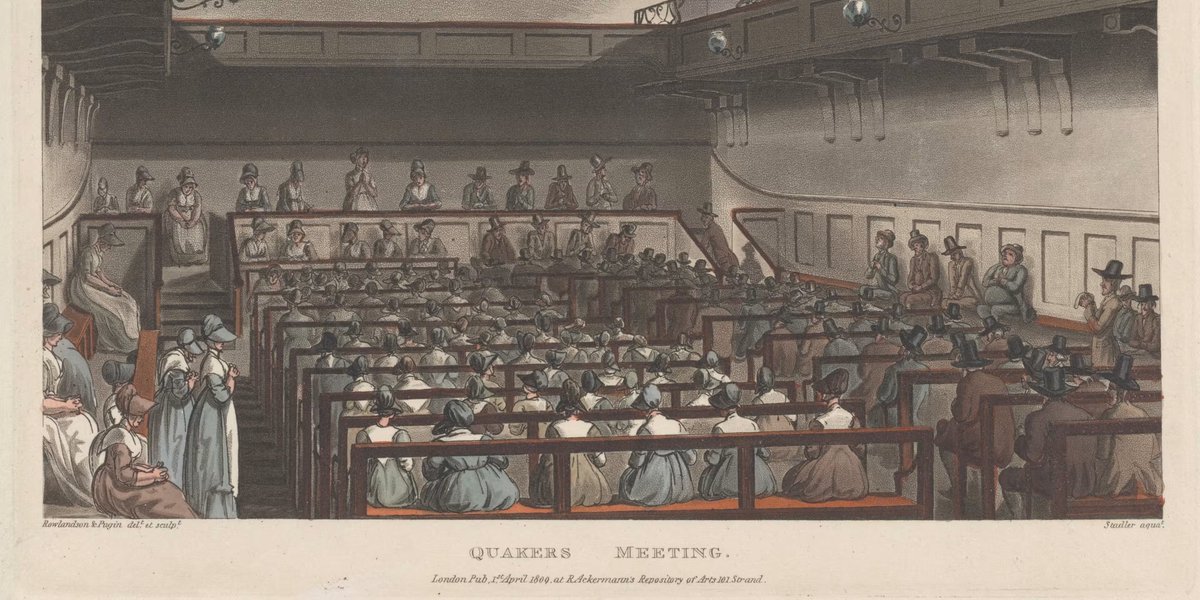Let's talk about how trousers should be hemmed. 🧵 
https://twitter.com/Kash_Patel/status/1880778366313451740

As usual, there are no hard and fast rules on hemming. Everything depends on the aesthetic you're working within. In some aesthetics, it's fine to have a very cropped leg (pic 1). In other aesthetics, it's fine to have a stacked leg (pic 2). Depends on the look! 



You can't be dogmatic about hemming bc much depends on the overall silhouette (including shape of pants). These silhouettes would look wrong if you didn't have fabric pooling around the ankles. Granted, there's a fine line btw intentional pooling and sloppy—so beware. 



But with classic men's tailoring—meaning outfits involving suits, sport coats, tailored trousers, and such—you're pretty safe going with one of two options. These are nicely outlined in this Fantasy Explosion tee for Bloomingdale’s 150th Anniversary souvenir capsule collection. 



There's what we'll call a "shivering break." Or what your tailor may know better as "no break." This means the trousers just kiss the top of your lace-up shoes (e.g., oxfords, derbies). This distinction is important bc slip-ons and boots can affect the break. 



A shivering break is nice because it creates a clean, uninterrupted line from the top of your pants to the hem. This is particularly good if you trousers have pleats (which, if you wear high-rise trousers, I think you should consider). 



One problem with a shivering break is that, depending on how the trousers are finished, there can be a gap between the back of your hem and the shoes, potentially exposing your socks. You can see this *almost* happening here, but not quite. 

One solution is to ask for a slanted hem, or what's sometimes called "military hem." This can be done to plain hem trousers or cuffed trousers (although the second requires a bit more skill). This way, the front just kisses your shoe while the back covers any exposed sock. 

The other option is to get a single break (on the Bloomingdale's t-shirt, they divide this into "small break" or "deep break." You may annoy your tailor if you ask for this level of specificity). This just means the trouser line breaks *once* over the shoe. 



Stylistically, a single break is the more conservative option. The danger is that, if you wear belted trousers, your pants will slip a little throughout the day (inevitable unless you wear suspenders). This can turn a gentle break into a deeper break. Be aware. 



Finally, there's the question of whether you should get cuffs. According to lore, King Edward VII popularized cuffs in 1890 when he started rolling up his trousers to keep the hem dry in bad weather. This is why some tailors still call this detail "turn ups." 

In a 1922 issue of Vanity Fair, there were these illustrations of the Duke of York, Prince of Wales, and Prince Albert. The editors wrote: “In England, fashion never overrides the practical, and when it is raining in London, the Englishman’s trousers will always be turned up.” 





Given this history, cuffs are considered a casual detail—most at home on country suits (where one might trudge through the mud) rather than the slick worsteds worn for business in London.
Compare: cuffed country suit on the Duke; plain hem business suit on King Charles

Compare: cuffed country suit on the Duke; plain hem business suit on King Charles


Today, the rule is much less strict. But cuffs should never be put on the most formal trousers, such as black tie rigs. 



To me, pleated trousers cry out for cuffs. Americans have also historically cuffed their trousers, as we're more casual than our British counterparts. If you're an American patriot and wearing American-style tailoring (e.g., sack suits), cuff your pants. 



Otherwise, it's up to you. Cuffed trousers have the advantage of putting a bit of weight at the end of your trousers, helping them hang better. IMO, this is especially nice as you walk, so your pants are flapping all over the place. 



Whether cuffed or plain hem, you can also ask your tailor to finish your pants with a strip of durable fabric tape. Ideally, this tape should be placed in such a way that it prevents the edge from fraying. It will also add a tiny bit of weight. 

If you want to be annoying, you can also ask your tailor to finish your cuffed trousers with a buttonhole along the inseam and outseam. This will allow you to unbutton your cuffs and brush out any debris, which can otherwise wear down the material over time. 



A stylish graphic designer friend of mine once put matter of cuffs in font terminology. Cuffs, he said, are like the serifs on a font. They look right with very traditional outfits (pic 1), but more modern styles are often better uncuffed (pic 2). 



If you're unsure, always ask for cuffs. You can always take them out, but you can't put them in once your trousers have been hemmed. In terms of size, 1.75" is considered classic for cuffs. But a 2" cuff says "I like clothes." 

Either way, the most important thing is to avoid this. If your pants look like this, get your trousers hemmed. If they were hemmed but eventually look like this, consider how your pants may be falling down. You may need a belt, suspenders, or a tailor to take in the waist. 

Two corrections for clarity:
— The first tweet should say "crease," not "pleats." A shivering break (or more commonly known as "no break") can help create a clean line. Useful on creased trousers (as pictured).
— Second tweet should say "aren't flapping," not "are flapping."

— The first tweet should say "crease," not "pleats." A shivering break (or more commonly known as "no break") can help create a clean line. Useful on creased trousers (as pictured).
— Second tweet should say "aren't flapping," not "are flapping."


• • •
Missing some Tweet in this thread? You can try to
force a refresh


